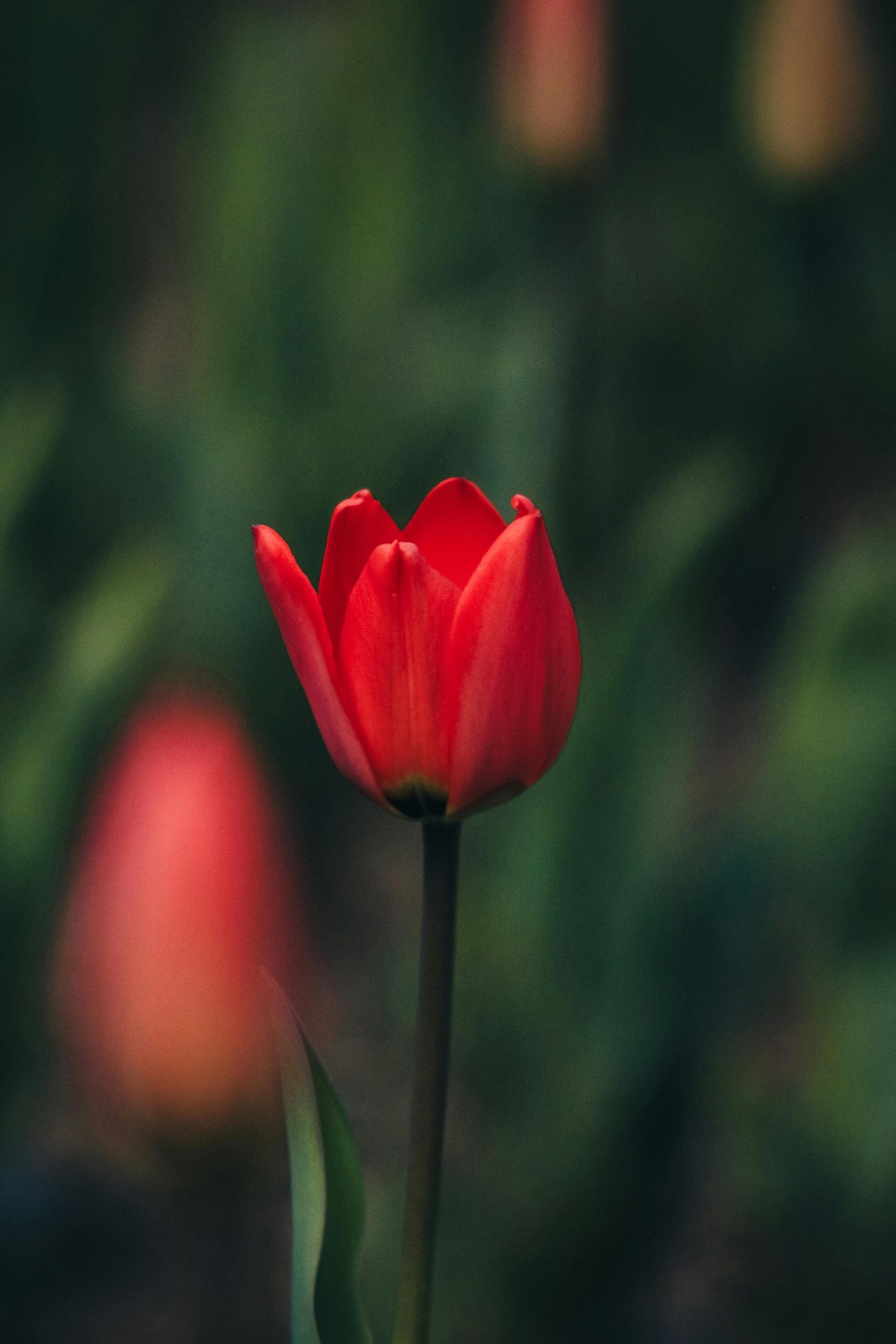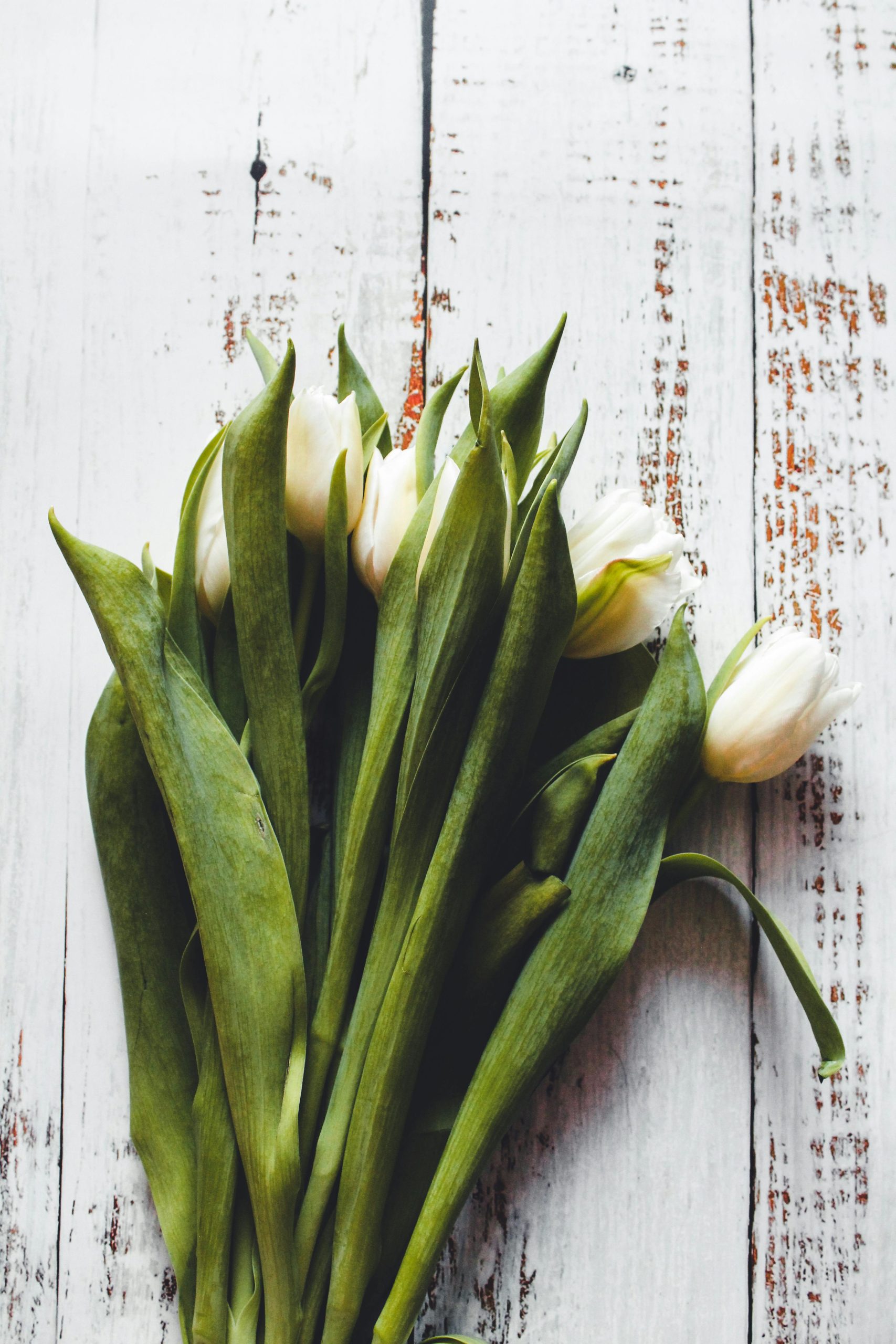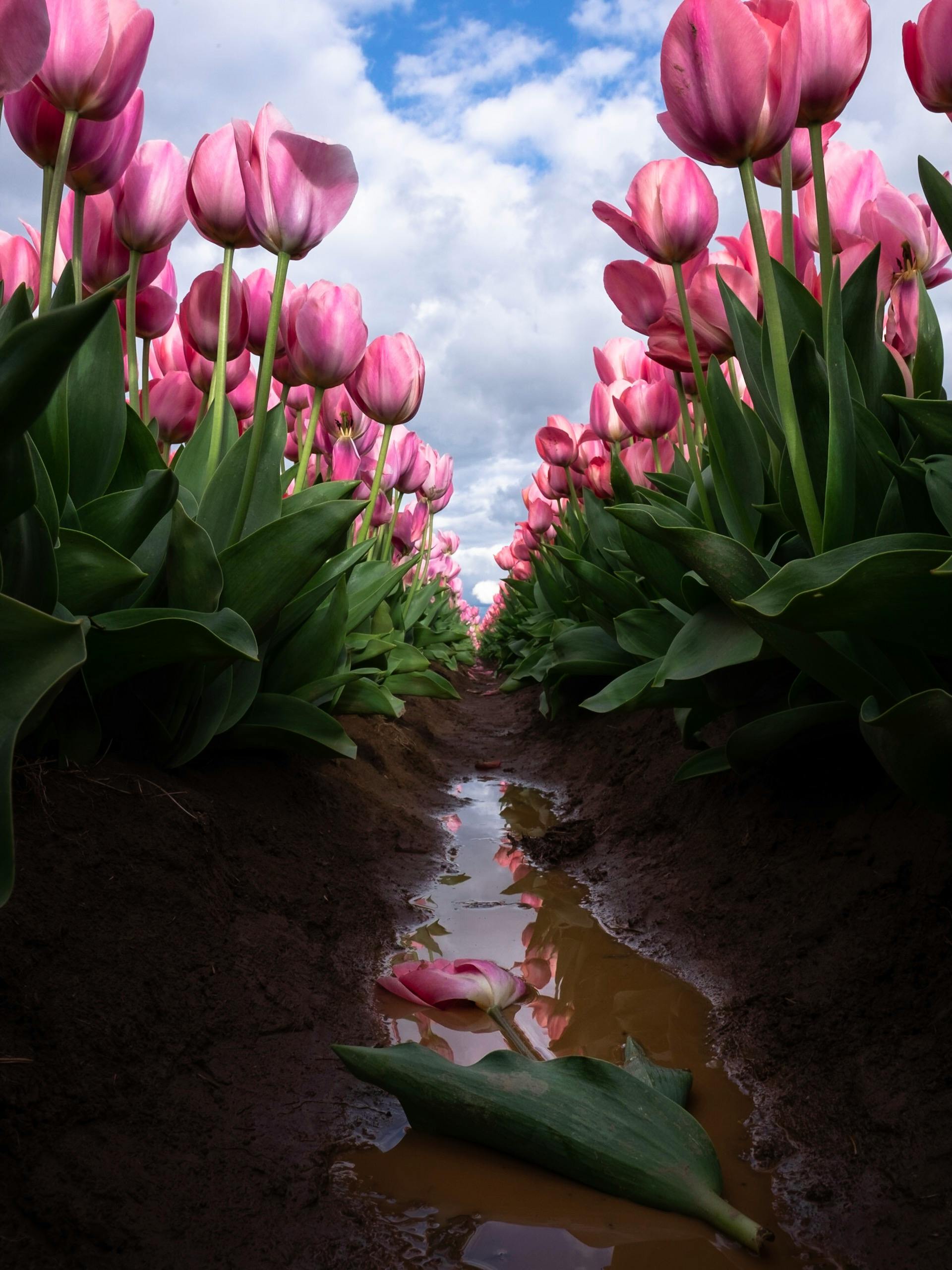The Dutch tulip fields are a popular tourist attraction and definitely worth a visit. Stretching across the landscape in vibrant colours, they offer surrealistic painting like views. However, while these fields are a popular attraction, they are also a crucial part of the Netherlands’ agricultural industry. Unfortunately, a lot of visitors don’t seem to be aware of their impact on the fields when they decide to walk through them or even pick flowers. This article offers guidance on how to enjoy the beauty of the tulip fields in a sustainable and responsible manner.
Understanding the purpose of the tulip fields

Before you set out to visit the tulip fields, it’s essential to understand their purpose. These fields are not simply there for aesthetic enjoyment. As pretty as they are, they are grown for commercial purposes and somebody’s livelihood. Tulips are grown for the sale of bulbs, which are exported globally. The flowers are cut at a specific time, to allow the growth of the flower bulbs. Some of the flowers itself are also sold. As such, trampling through the fields or picking flowers can cause significant damage and loss of income for these farmers.
However, this of course doesn’t mean we can’t enjoy it’s beauty as well. And luckily, that’s possible in many different ways. But in order to not damage the property and not rob the famers of their income, there are a few rules to follow to make your visit to the Dutch tulip fields a sustainable and enjoyable activity.
No picking unless explicitly allowed
One of the most important rules when visiting the tulip fields is to avoid picking the flowers. Unlike wildflower meadows or public gardens, the tulip fields are private property and part of a working farm. Picking flowers without permission is not only disrespectful but also illegal.
However, these farmers of course know that people would love to take a few of these pretty flowers home. So there are farms that dó allow you to pick your own tulips. They call these “pluktuinen” (picking gardens). Usually they make a small part of their farm available for picking, and usually you pay a small fee for that. Basically this changes their income model a bit to allow visitors to pick their own tulips, while protecting the rest of their farm from being damaged.
In a way, picking gardens are created as a solution for damage done by tourists. So it’s mainy a solution to a problem created by tourists. Which is a bit sad if you think about it. But it’s a solution that works for both parties. The visitors can take home a few tulips of their liking, and the fee covers to loss in income to the farmer.
Long story short: do not pick flowers, unless specifically indicated that you can.
There is a flower map, where you can see which farms allow picking.

Staying on designated paths

To prevent damage to the flowers and the underlying bulbs, it’s crucial to stay on designated paths. Usually, you’re only allowed to walk up to the edge of the field, not in between the flower beds. As tempting as it is to stand in the middle of the flower field and take a photo surrounded by the tulips, this will unavoidably damage the flowers. Again, these flowers are somebodies livelihood that you’re destroying.
First of all, it’s not needed to walk into the field to get a beautiful photo. You just need to be a bit creative with your angels. If you want a beautiful photo that you can’t manage to get on your own, without walking in the fields, you have 2 options:
– Find a flower field that allows you to walk through the fields
– Hire a local photographer that knows the rules and can help you with those angles
Again, these flower fields that allow you to walk through them, usually have a designated part assigned for that. Pay attention to the signs and don’t wander off to different parts of the farm, assuming that everything is available for you to walk through. If other parts seem more quiet, that’s probably for a reason.
These farms can also be found on the flower map.
Responsible photography
Photographing the tulip fields is a popular activity, but it should be done responsibly. Use telephoto lenses to capture close-ups without entering the fields, and be mindful of other visitors and the field boundaries. Avoid using drones unless you have permission from the field owners, as they can disturb the peaceful atmosphere and potentially damage the crops if they fall.
Or, as already mentioned, hire a photographer who’s aware of the rules and can help you create the most amazing photo’s. (You can even hire me 😉 )
Support local businesses
If you want to do a little extra to support the farmers that you just visited, consider buying some flower bulbs or fresh tulips at the farm itself. Although all tulip bulbs available in the Netherlands will be from Dutch farms, by buying them at the actual farm, you know exactly who you’re supporting. Many farms offer on-site shops where you can buy products legally and support the local economy. This is a great way to contribute to the sustainability of the tulip industry while taking home a beautiful souvenir.
Visit tourist farms instead
If you want to play it safe, going to Keukenhof is your best bet. This is more like an open air museum, designed to be enjoyed rather than sold. The creators of Keukenhof plant the flower bulbs in stunning structures, for locals and tourists to enjoy a stunning spectacle of flowers in spring. As these flowers aren’t for sale and the entry ticket for Keukenhof is the source of income, it doesn’t damage the company if you happen to step on a flower. Of course, you’re expected to respect nature and try not to step on it, but the damage is a lot less then stepping on someone’s livelihood.
Over the past few years, more farms have also opened up bits of their farm for tourism. So aside from the ‘pluktuinen’, some have dedicated area’s set up for tourists to visit, enjoy the flowers and take photo’s. For example, The Tulip Barn has a whole area where they’ve set up a mill, tractor, swings and other props for you to take your perfect Instagram shot. Other examples are The Tulip Experience or De Tulperij. They all charge an entry fee so they can set up this part of their farm for tourism, the rest of the fields are still off limits and meant for sale.
Summary on a sustainable tulip field visit
So long story short, the ways to make your tulip field visit sustainable you should:
- Stick to assigned access points. Don’t walk anywhere you’re not allowed to
- Don’t damage the flowers
- Don’t pick the flowers, unless allowed to
- Hire a local photographer if you want to be sure to get beautiful pictures without doing any damage
- Visit a tourist farm to avoid having to navigate through all the rules
- Optionally buy something from the shop in site, to support the farmer. Or leave a tip, if they don’t have a shop
Download the flower map to see where you can access flower farms and pick flowers





0 Comments